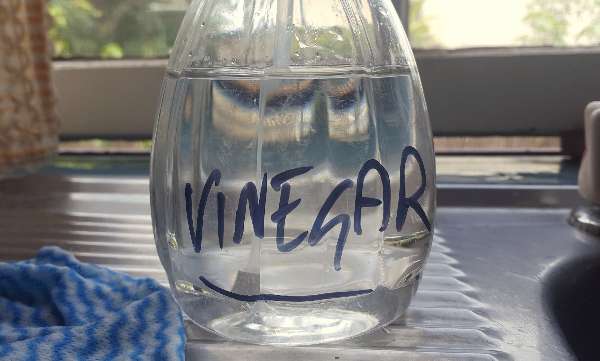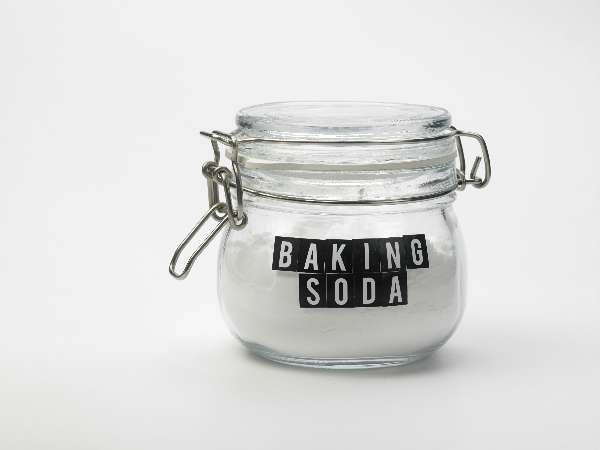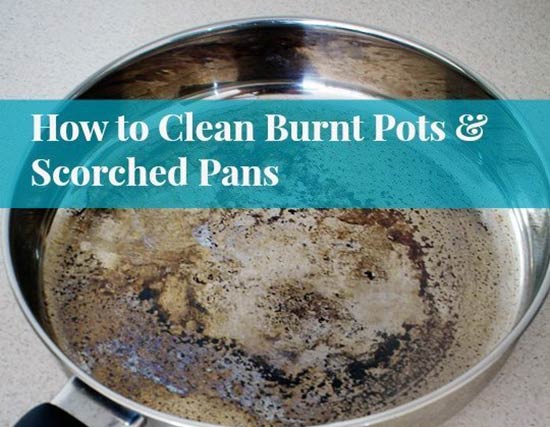How To Easily Clean Your Burnt Pans
Make sure to like Living Green and Frugally on Facebook, Shop at Amazon to help support my site and explore our PINTEREST BOARDS for innovative ways you can become self-sufficient.
We’ve all been there – you accidentally leave a pot on the stove for too long, and before you know it, the once shiny surface is now covered in stubborn burnt-on residue. While it may seem like a daunting task, fear not!
With a few natural ingredients and some tried-and-true techniques, you can restore your pots and pans to their former glory without resorting to harsh chemicals. In this comprehensive guide, we’ll walk you through step-by-step on how to clean burnt pots and scorched pans using eco-friendly methods.
Materials Needed:
- Burnt pot or scorched pan
- Baking soda
- White Vinegar
- Lemon
- Dish soap
- Wooden spoon or spatula
- Non-abrasive scrubbing sponge or brush
- Water
- Boiling water (optional)
- Stainless steel scrubber (optional)
- Hydrogen peroxide (optional)

Step 1: Assess the Damage Before diving into the cleaning process, take a moment to assess the extent of the damage. Is the residue light or heavily burnt? This will help determine the best approach for cleaning.
Step 2: Soak in Baking Soda and Vinegar For light to moderate burnt residue, start by sprinkling a generous amount of baking soda onto the affected area. Then, pour vinegar over the baking soda until it fizzes. Let the mixture sit for about 15-20 minutes to loosen the burnt-on food particles.
Step 3: Scrub with a Non-Abrasive Sponge After the soaking period, use a non-abrasive scrubbing sponge or brush to gently scrub the pot or pan. The combination of baking soda and vinegar should have softened the burnt-on residue, making it easier to remove. For stubborn spots, you can also use a wooden spoon or spatula to help scrape off the residue.
Step 4: Rinse and Repeat (if necessary) Once you’ve scrubbed away the burnt-on residue, rinse the pot or pan with warm water to remove any remaining debris. If there are still stubborn spots, you may need to repeat the baking soda and vinegar soak followed by scrubbing until the pot or pan is clean.
Step 5: Deglaze with Lemon For extra shine and to remove any lingering odors, cut a lemon in half and rub it over the surface of the pot or pan. The citric acid in the lemon will help to deglaze the surface and leave it smelling fresh.
Step 6: Wash with Dish Soap Finally, wash the pot or pan with dish soap and warm water to remove any remaining residue and lemon juice. Use a non-abrasive sponge or cloth to gently scrub the surface, then rinse thoroughly with water and dry with a clean towel.

Optional Steps:
- Boiling Water: For particularly stubborn burnt-on residue, you can try boiling water in the pot or pan for a few minutes to help loosen the debris before scrubbing.
- Stainless Steel Scrubber: If the burnt residue is exceptionally tough, you can use a stainless steel scrubber to help scrape it off. Be sure to use this method with caution, as it may scratch the surface of non-stick pans.
- Hydrogen Peroxide: For stubborn stains or discoloration, you can mix hydrogen peroxide with baking soda to form a paste and apply it to the affected area. Let it sit for a few minutes before scrubbing and rinsing.
Cleaning burnt pots and scorched pans doesn’t have to be a daunting task, nor does it require harsh chemicals. By using simple and natural ingredients like baking soda, vinegar, and lemon, you can effectively remove burnt-on residue and restore your cookware to its former glory. So the next time you accidentally leave a pot on the stove for too long, remember these eco-friendly cleaning methods for a sparkling clean finish!
